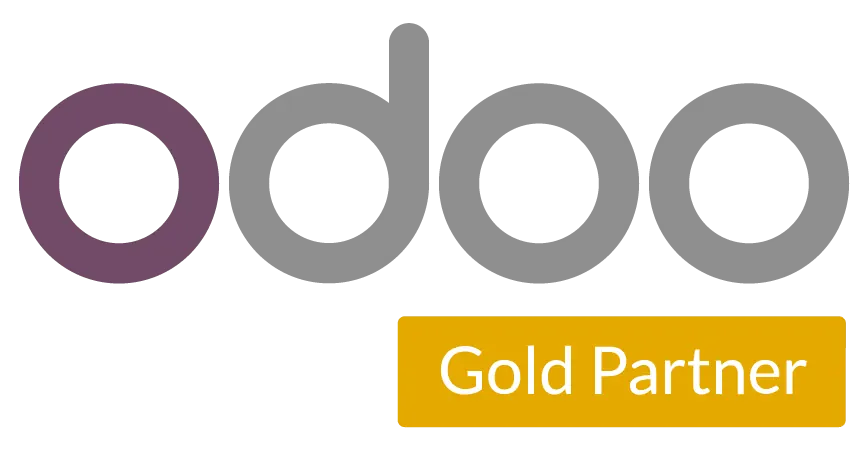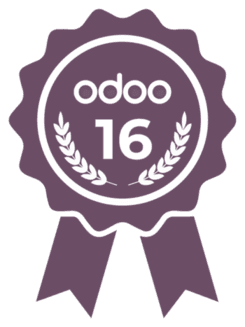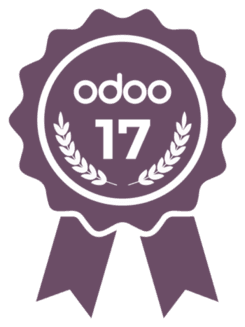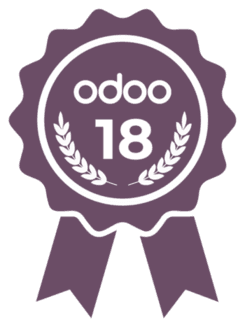The project management methodology determines not only what to do but also how to do it - it establishes the principles of management, teamwork, control, and evaluation of results. The choice of methodology determines the quality of planning, coordination, and implementation of a business automation project or IT solution.
In this article, we look at the most common approaches: Waterfall, incremental and iterative methods, as well as flexible Agile frameworks such as Scrum and KanBan. We will compare their advantages and disadvantages and illustrate them with examples from project practice.
Waterfall is a classic cascading project management methodology
Waterfall involves a clear sequence of fixed stages: analytics, requirements description, development, testing, launch, and support. The method is well suited for projects where the task and result are clear from the very beginning.

"The big advantage of Waterfall is fixed cost. We understand the labor costs, terms, and price from the very beginning. This is important when participating in tenders, when customers want to see the final price before making a decision."Alexey Bardakov, CEO of ToDo.
Along with the advantages, there are also limitations: if there is a need to change the requirements during implementation, this may require a return to the initial stages and revision of the terms of reference. In such cases, it is advisable to accumulate changes and implement them separately after the main project is completed.
When to use Waterfall:
- Medium and large projects;
- Projects with several teams, when tasks are clearly distributed;
- Projects with clear business goals and predictable results;
- Initiatives that require fixed costs and rigorous planning.
Incremental project management approach - launching independent parts in stages
The incremental approach allows you to divide the project into independent components and launch them gradually. For example, if you need to implement several unrelated business processes, each of them can have its own implementation cycle.
This approach is convenient for getting results quickly within a large project. For example, if a company has a network of branches, you can start by automating one point, test the solution, and then scale it in stages.
Iterative approach - expanding functionality through repeated cycles
The iterative model is suitable for projects where all components are interconnected and the implementation of one part depends on the others. First, a basic version of the product is launched with the minimum required functionality. Then, in each subsequent iteration, the features are expanded.
For example, in the first phase, the basic warehouse-purchase-sale functionality is launched. In the second phase, more details are added: orders, orders, cellular storage, etc. Thus, the customer receives a working system at the start, with the possibility of gradual expansion.
Agile - flexible methodologies for dynamic projects
Agile is designed for conditions of constant change: speed, adaptability, and close interaction with the client are important here. Unlike Waterfall, Agile does not focus on a fixed plan - the solution evolves in the process.
"Agile allows for flexible project development, but it makes it difficult to transfer to other teams due to a lack of documentation. If participants change, they spend time understanding the context. This is an important nuance for long-term initiatives."Alexey Bardakov, CEO of ToDo.
When to apply Agile:
- Startups and innovative products;
- Development from scratch or with extensive customization;
- Projects with an open budget;
- Where the priority is flexibility rather than plan accuracy.
Agile allows you to test hypotheses, respond to changes in the environment, and quickly adapt the product to the needs of users.
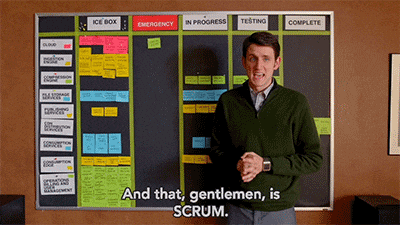
Scrum - a structured framework in Agile
Scrum breaks down project implementation into sprints - iterations, each of which has a complete functionality. The team has clear roles: product owner, Scrum master, developers. If the functionality doesn't work at the end of the sprint, it's a signal that changes are needed.
KanBan - even more flexibility
KanBan has no sprints: tasks can be started at any time. Time planning is not mandatory - the main thing is that the team completes tasks as quickly as possible. This is suitable for projects with an unpredictable amount of work.
Result
Each project management methodology has its advantages and limitations. The choice depends on the goals, scale, and flexibility of the project. Knowing the features of the approaches allows you to better predict the progress of work, avoid risks, and achieve the expected result.
Do you have any questions?
Our team is always there for you - online or offline. Request a consultation and we will discuss which methodology will be most effective for your project.

